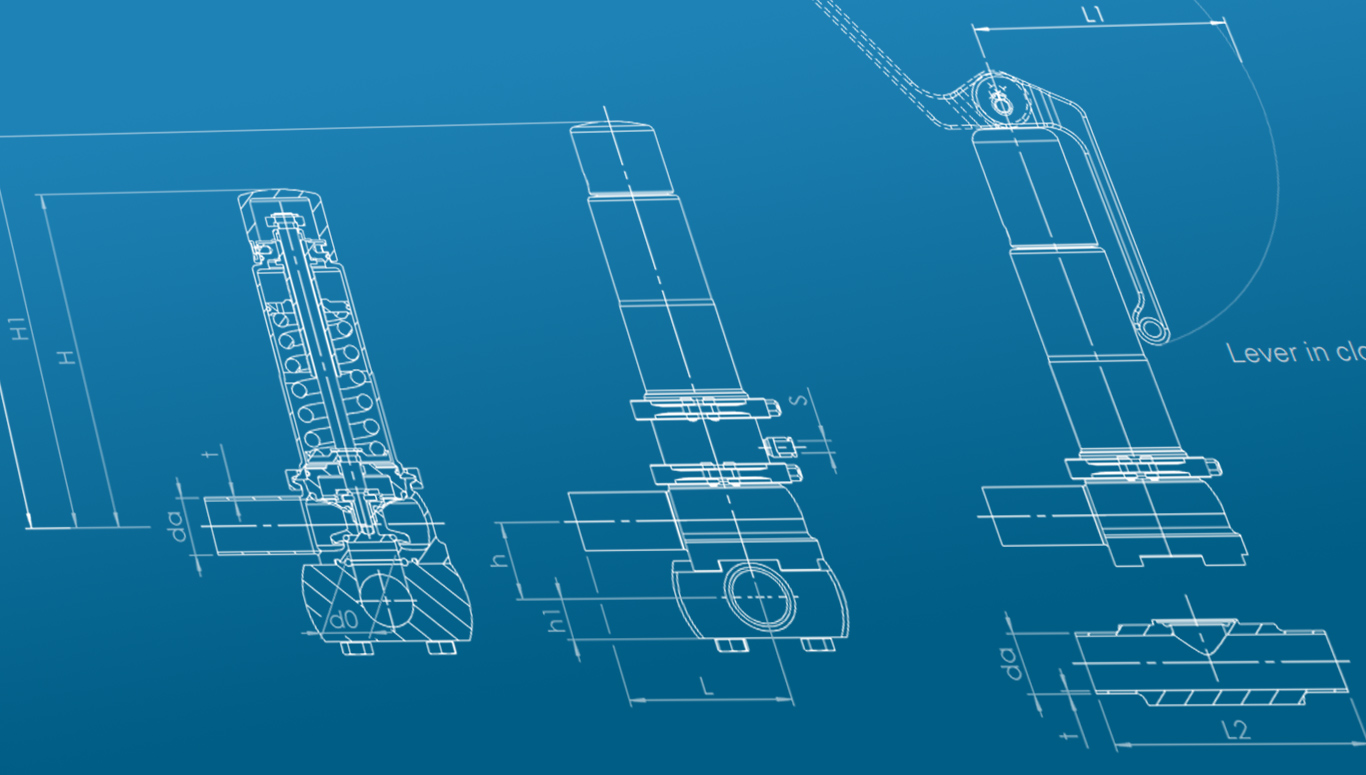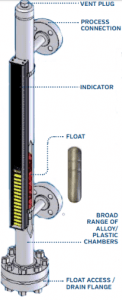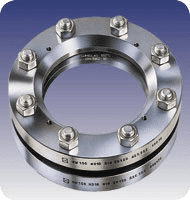Understanding How Sanitary Relief Valves Differ from Industrial Alternatives
Posted by Scott Kloetzer
When designing systems for sanitary applications, it’s vital to understand why sanitary safety relief valves differ significantly from their industrial counterparts. You can’t just substitute a robust industrial valve and call it a day—doing so risks contamination, compliance violations or breakdowns during critical moments.
At a fundamental level, industrial valves prioritize mechanical strength, high-temperature resilience and rugged use. They may use cast iron, carbon steel or brass, with coarse finishes and flanged or threaded connections that prioritize structural integrity over cleanliness. These are durable valves, but their design often includes internal dead space, exposed springs and creviced housings—conditions unsuitable for hygienic processes.
Sanitary valves, in contrast, are built with a hygiene-first philosophy. They feature polished stainless-steel bodies (commonly 316L) with interior surface finishes polished to mirror-smooth levels to prevent micro-pockets where bacteria can grow. Their connections are tri-clamp or butt-weld type, designed for rapid disassembly and reassembly during CIP or SIP cycles.

Internal components differ too. Sanitary valves use sealed bellows or diaphragm housings: these flexible, impervious elements prevent process fluid from contacting the spring chamber, thus avoiding contamination. Industrial valves often expose the spring, making them unsuitable for applications where cleanliness is paramount.
Regulatory certification is another difference. Industrial valves meet ASME, API, and ANSI standards focused on safety and durability. Sanitary valves, however, need FDA, CRN and ASME BPE compliance to affirm they meet food grade or pharmaceutical sanitary standards.
Functionally, sanitary valves are designed to operate flawlessly during CIP/SIP events—they can withstand repeated thermal and chemical disinfection without material degradation. Industrial valves are not.

From a risk standpoint, using an industrial relief valve in a sanitary environment invites contamination risks, failed audits and accelerated wear due to aggressive cleaning chemicals. The internal cavities or crevices in those valves harbor microbes or residue—completely unacceptable in food, cosmetic or biopharma processing environments.
While industrial valves are ideal for high-temperature and high-pressure environments—think steel plants or oil refineries—sanitary valves are purpose-built for hygienic systems. Their polished materials, sealed architecture, fast-clean connections and regulatory approvals make them irreplaceable in sanitary design. As a process engineer, you must match valve design not only to safety requirements, but also to your system’s hygienic demands.
View our Complete line of Goetze Sanitary Safety Relief Valves




